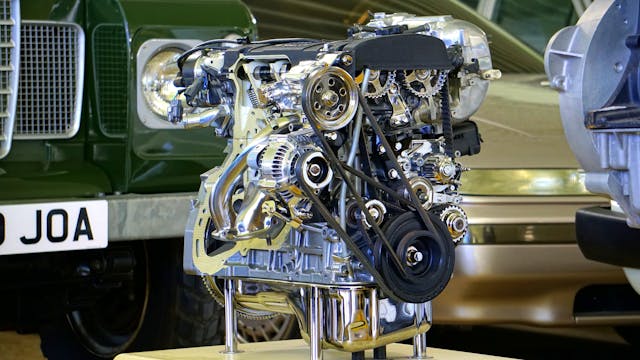
The automotive industry has always been at the forefront of technological innovation, and nowhere is this more evident than in the continual evolution of its manufacturing equipment and systems. Over the years, the landscape of automotive manufacturing has undergone significant transformations driven by a potent mix of factors:
1. The Relentless Pursuit of Efficiency and Productivity: Manufacturers are constantly striving for ways to optimize production processes, reduce costs, and increase profit margins. This relentless pursuit of efficiency and productivity is a key driver of the evolution in automotive manufacturing equipment and systems. Modern manufacturing plants are embracing automation, robotics, and digital technologies to :
- Streamline production lines: Automated systems can perform intricate tasks with speed and precision, often surpassing human capabilities. This not only leads to higher production rates but also reduces human error and improves consistency.
- Minimize lead times: Advanced technologies like 3D printing and additive manufacturing enable rapid prototyping, allowing manufacturers to quickly test and iterate on new designs, reducing time to market for new vehicles.
- Optimize resource utilization: Data analytics and smart manufacturing systems allow for real-time monitoring and control of production processes, optimizing resource allocation and minimizing waste.
2. The Shift Towards Electric Vehicles: The rise of electric vehicles (EVs) is presenting unique challenges and opportunities for automotive manufacturers. This transition necessitates a rethink of traditional manufacturing processes and equipment. Some key areas of change include:
- Battery production: As the demand for EVs increases, the need for efficient and scalable battery production lines becomes critical. This requires specialized equipment for handling sensitive battery materials and ensuring consistent quality.
- Powertrain assembly: EV powertrains are fundamentally different from traditional combustion engines, necessitating new assembly lines and equipment designed for handling electric motors, inverters, and battery packs.
- Material handling: The increased weight and bulk of EV batteries require upgrades to material handling systems to handle heavier components safely and efficiently.
3. Sustainability and Environmental Concerns: The automotive industry is under increasing pressure to reduce its environmental footprint. This is driving the evolution of manufacturing equipment and systems towards:
- Energy efficiency: Utilizing energy-efficient equipment and processes helps to reduce the industry’s carbon footprint. This includes employing renewable energy sources and implementing energy-saving technologies within production facilities.
- Sustainable materials: Increasing focus is being placed on using recycled materials and bio-based alternatives in vehicle manufacturing. This requires adapting equipment and processes to handle these new materials effectively.
- Waste reduction: Implementing lean manufacturing principles and closed-loop recycling systems can significantly reduce waste generated during the production process.
In conclusion, the evolution of automotive manufacturing equipment and systems is driven by a multitude of factors, including the pursuit of efficiency and productivity, the rise of electric vehicles, and the growing importance of sustainability. This ongoing transformation is shaping the future of the automotive industry, paving the way for a more efficient, sustainable, and technologically advanced manufacturing landscape.